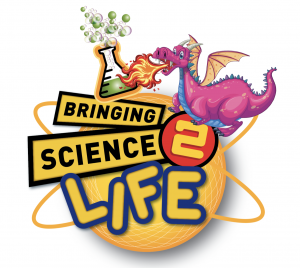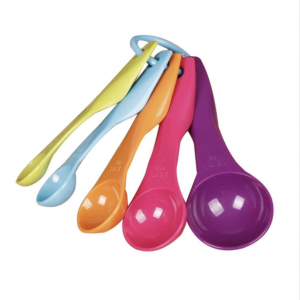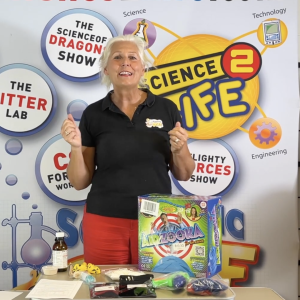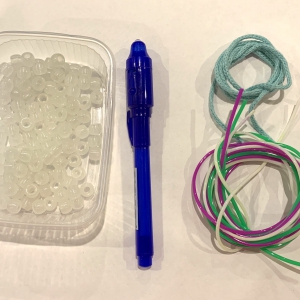Description
These 2, 3 & 5 minute, colourful sand timers are not only great value but a perfect addition to a budding scientists scientific equipment collection!
- Set of 3 mini colourful sand timers – 2, 3 and 5 minute time durations
- Each individual sand timer measure 9 cm tall by 2.5 cm in diameter
- All sand timers are colour coded with the time duration visible on each end cap.
- Classic hourglass design that’s suitable for science, mathematics and for timing activities.
The movement of the colourful sand captures children’s attention and allows them to visualise the passing of time.
These sand timers are ideal for time challenges and activities, such as boiling eggs, washing hands and cleaning teeth. These colour coded sand timers are clearly marked on the end caps – displaying the time capacity.
Objective: Children will observe, estimate, and record temporal events.
Set includes:
- Orange timer 2 minutes
- Yellow timer 3 minutes
- Green timer 5 minutes
I cannot stress enough how valuable sand timers are for children with autism and teachers, parents and any one else working with children with autism.
Sand timers clearly provide a visual aid and count down to the end of an activity and can be used in daily routines and during lessons. Sand timers can be used in any setting including at home.
They can also help children to develop an understanding of time. You can use a sand timer to show when an activity or lesson is coming to an end followed with a verbal countdown from 5.
ACTIVITY IDEAS
1. Talk with children about time. Ask: “Can people see time? How do people know what time it is?” Discuss how clocks show us that time is passing. Ask: “What would people do if there were no clocks?” Some children may know what time it is by events at home or at school. What else helps us tell time?
2. Ask the children to collect a variety of timers (wind-up kitchen timers, egg timers and sand timers)
3. Help children understand that timers can also be used to measure how long it takes to do something. Ask children to choose a timer and measure how long it takes to build a block tower, paint a picture, sing a song, and so on. “Which activities in your day seem to take the longest? The shortest?” Help children order a few activities by time.
A little bit of history
Before the invention of mechanical clocks, timepieces used the sun’s motion or simple measurement devices to track time. The sundial may be the best known ancient keeper of time, and it is still manufactured as a popular garden accessory—but for its visual interest, not for practical time measurement. Stonehenge, the giant monument built of upright stones on the Salisbury Plain of Wiltshire, England, may have been used as a sundial and for other time and calendar purposes. Sundials have obvious disadvantages; they can’t be used indoors, at night, or on cloudy days.
The first hourglass, or sand clock, is said to have been invented by a French monk called Liutprand in the 8th century AD. However, concrete evidence of this revolutionary new form of clock, which measures time by the descent of sand from one glass bulb to another, first appeared in European ship inventories from the 14th century. Arriving just in time for the “Age of Discovery”, the hourglass was ideal for ocean travel because the bobbing waves didn’t affect its accuracy.
Sandtimers can be used to help manage positive behaviours:
You can help stop conflict in it’s tracks – especially with things like taking turns when two children want to play with the same toy. ‘I know you both want to play, so when the sand runs out we can switch over’ and turn the timers for 2 or 3 or 5 minutes.
You can help stop tantrums or meltdowns. I know things like leaving for school when they are playing with toys or watching a few minutes of cartoons while you get yourself ready can lead to meltdowns when it’s time to stop. Saying ‘I know you are enjoying what you’re doing, so when the timer runs out we’ll stop okay?’
You can use them to indicate how long until something is finished. When they are asking when dinner will be, or when you’ll be finished with work to be able to play for example. You can also use it in the reverse way – as a positive thing too! Like ‘we’ll kick the ball outside for 10 minutes if you read quietly for 10 minutes’. It will be a happy way to transition and stop repeated questions that tend to drive parents a little crazy.











